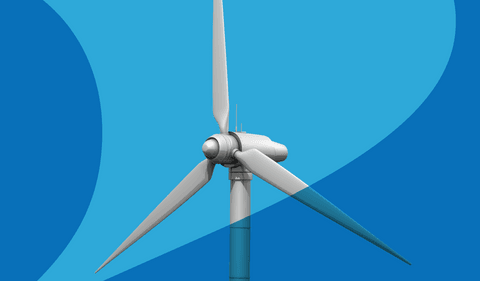Speaking Sustainability
A blog dedicated to keeping you up-to-date on climate change policies.

Search Results
Speaking Sustainability
From November 6 to November 18 of this year, climate leaders will convene in Sharm el Sheikh, Egypt, for the United Nations Framework Convention on Climate Change’s (UNFCCC) 27th Conference of the Parties (COP 27).
Speaking Sustainability
The U.S. Department of Energy’s $7-billion H2Hubs program focuses on the production, processing, delivery, storage and end use of clean hydrogen, with the broader goal of developing a national clean hydrogen network to aid in decarbonizing multiple sectors of the economy. The DOE recently announced the submission of Concept Papers and set forth the initial deadline as November 7, 2022. Akin Gump has summarized the Funding Opportunity Announcement and the related requirements and considerations for applicants here.
Speaking Sustainability
The Inflation Reduction Act (“IRA”) includes a variety of incentives, including tax credits and grants, for US industries to reduce greenhouse gas (“GHG”) emissions. The IRA also includes a significant “disincentive” for emitting methane from certain oil and gas facilities, namely the Methane Emissions Reduction Program which includes a methane waste emissions charge (“methane fee”) that will become effective January 1, 2024. The 2021 Global Methane Assessment recognized that, as described by the Institute for Governance and Sustainable Development, “aggressively cutting methane emissions is the fastest and most effective way to reduce the rate of warming and keep the global average temperature from breaching the 1.5°C barrier above preindustrial levels.”
Speaking Sustainability
The European Parliament has rejected a motion to remove gas and nuclear investment products from the EU’s sustainable investment taxonomy, surprising many who consider their inclusion to be greenwashing. This article considers the basis for this rejection and the criteria applicable to gas and nuclear products to be included in the taxonomy.
Speaking Sustainability
On 22nd March, Singapore’s Energy Market Authority (EMA) published the Energy 2050 Committee Report (the “Report”) in which the committee (consisting of experts from both the public and private sectors (the “Committee”) concluded that it is feasible for Singapore’s power sector to achieve net-zero emissions by 2050. In addition, the content of the Report appears to indicate that hydrogen is set to play a key role in Singapore’s efforts of more broadly achieving net-zero by the government’s current target of “by or around mid-century,” as announced by the Minister for Finance, Mr Lawrence Wong, during his 2022 Budget speech in February1. The release of the Report is timely given that Singapore is set to formally revise its Long-Term Low-Emissions Development Strategy (LEDS) later this year—the Report may serve as a precursor to the government formally setting its net-zero target at 2050.
Speaking Sustainability
In 2015, the U.S. Environmental Protection Agency (EPA, or the “Agency”) promulgated national regulations governing the disposal of coal ash generated by coal-fired power plants, or coal combustion residuals (CCRs). Following revisions made in response to legal challenges spanning multiple administrations, the so-called CCR Rule establishes requirements for CCR landfills and surface impoundments, including a requirement for operators of unlined CCR surface impoundments to halt receipt of CCR and non-CCR waste streams and initiate retrofitting or closure by April 2021. The CCR Rule provided an opportunity for operators to extend that deadline if they could demonstrate to EPA that they: (1) could not feasibly secure additional disposal capacity prior to that date; or (2) would shut down permanently their plant’s coal-fired boilers shortly thereafter. Given the number of unlined, industrial surface impoundments in the United States, 57 facilities made their “demonstrations” to the Agency by November 2020.


